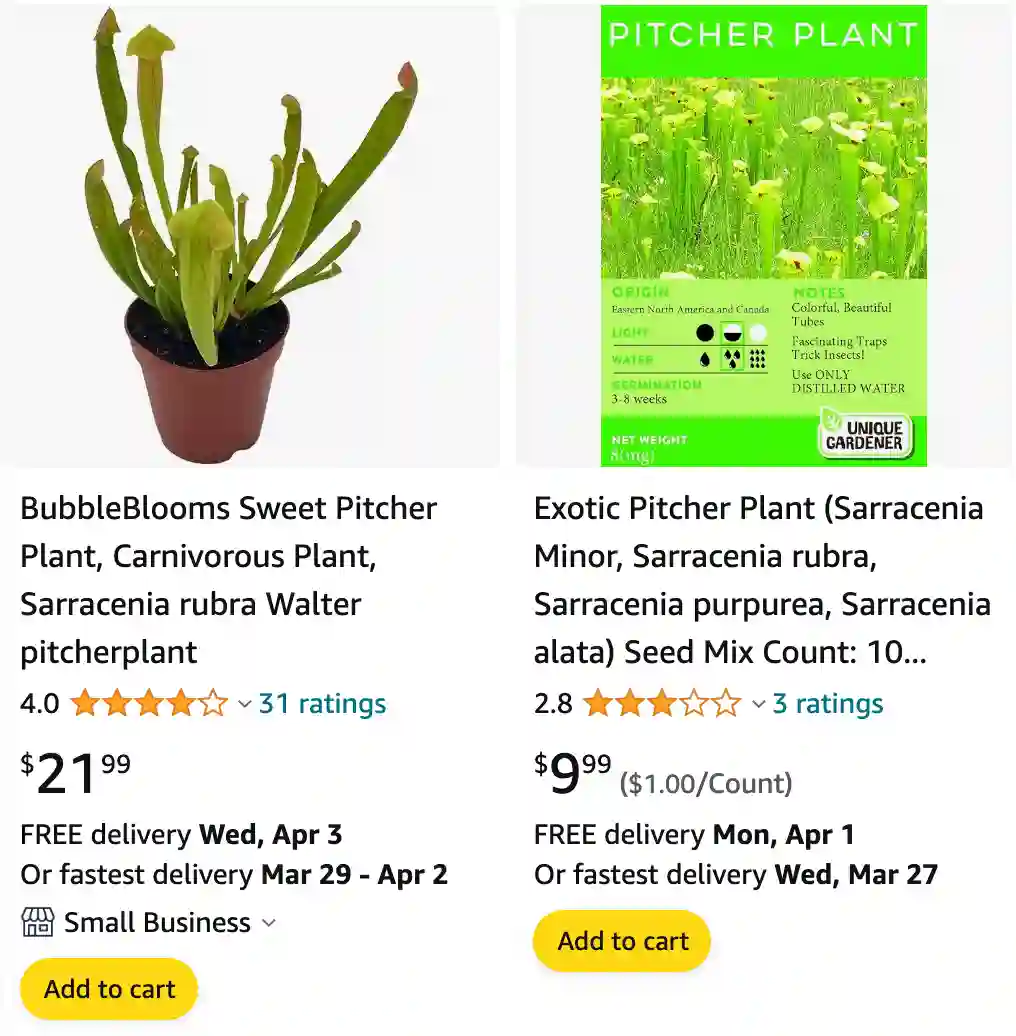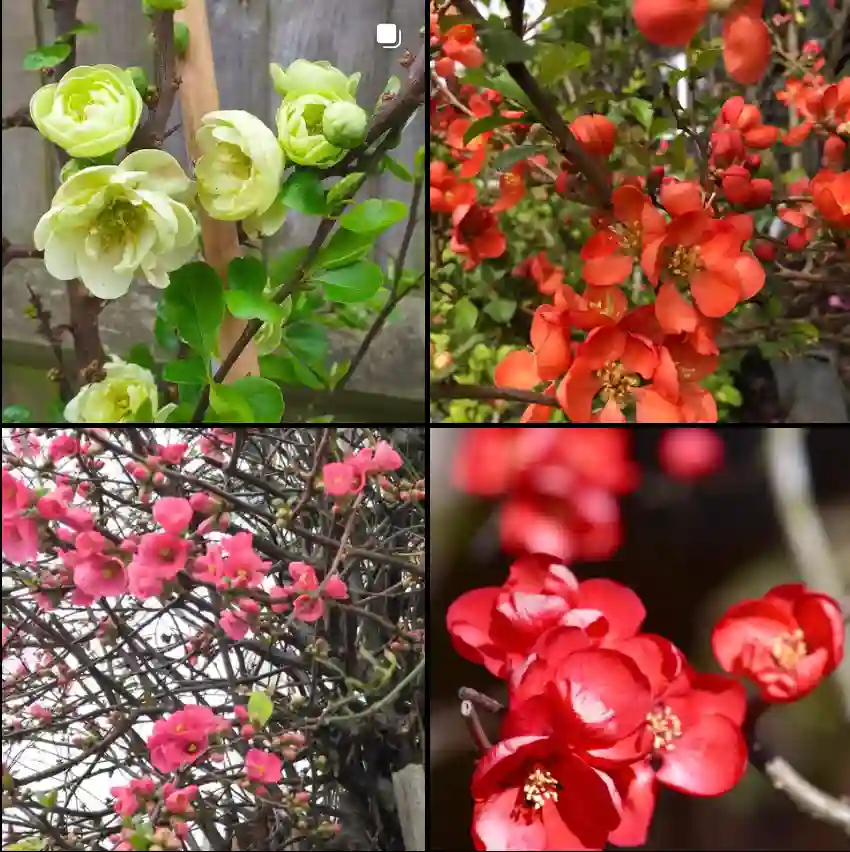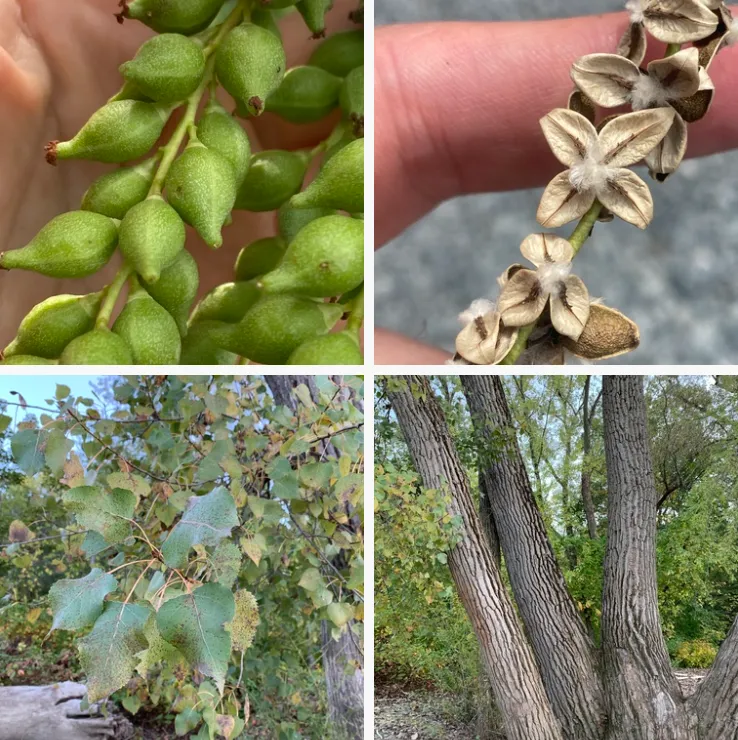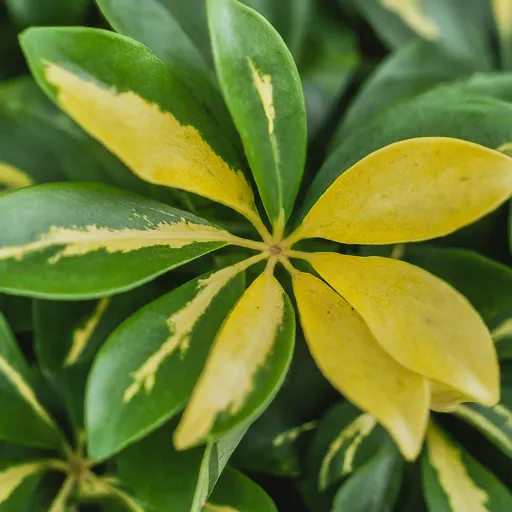
All About Sarracenia Rubra: The Sweet Pitcher Plant with a Killer Instinct
Hi, I’m Ferb Vu, and I’m obsessed with carnivorous plants. These aren’t your average houseplants. No, these beauties lure, trap, and digest insects, adding a whole new dimension to the plant world. Today, we’re diving deep into the fascinating world of Sarracenia Rubra, also known as the Sweet Pitcher Plant.
32 Species in Genus Sarracenia
What is Sarracenia Rubra?
Sarracenia Rubra is a perennial, temperate carnivorous plant native to the coastal plains of the southeastern United States. It’s a member of the pitcher plant family, known for its unique tubular leaves called pitchers. These vibrant green pitchers act as insect traps, enticing prey with a sweet nectar scent and then ruthlessly digesting them for nutrients.
What Makes Sarracenia Rubra Special?
Several things set Sarracenia Rubra apart:
- Sweet Seduction: Unlike some foul-smelling pitcher plants, Sarracenia Rubra attracts insects with a delightful, raspberry-like fragrance. This fragrant lure is irresistible to unsuspecting prey.
- A Show of Red: Sarracenia Rubra boasts some of the most prolific blooms in the genus. These small, bright-red flowers add a vibrant touch to the plant and appear before the pitchers fully develop, putting on a dazzling display in spring.
- Compact and Colorful: Compared to other Sarracenia species, Rubra is a smaller plant, making it ideal for container gardening. The pitchers themselves come in a range of vibrant colors, adding visual interest to any collection.
Sarracenia Rubra vs. Other Pitcher Plants: Picking Your Perfect Predator
While Sarracenia Rubra is a captivating choice, there are other fascinating pitcher plants to consider. Here’s a quick comparison:
- Nepenthes: These tropical beauties come in a mind-boggling variety of shapes and sizes, some even large enough to trap small rodents! However, they require higher humidity and warmer temperatures than Sarracenia Rubra.
- Dionaea Muscipula (Venus Flytrap): This iconic carnivore snaps shut its jaw-like traps when triggered by insects. Unlike Sarracenia Rubra’s passive traps, Venus Flytraps require more specific care and are more prone to exhaustion from frequent trapping.
- Cephalotus Follicularis (Albany Pitcher Plant): This Australian native shares the sweet, seductive scent with Sarracenia Rubra. However, it’s a much rarer and more challenging plant to cultivate.
The best choice for you depends on your experience level, available space, and desired level of carnivorous intrigue.
How to care for Sarracenia Rubra?
Growing a Sarracenia Rubra is surprisingly easy. Here are the essentials:
- Light: These sun-worshippers thrive in full sun outdoors or bright, indirect light indoors.
- Water: Keep the soil constantly moist but not soggy. Use distilled or rainwater as tap water can be harmful.
- Soil: Plant your Sarracenia Rubra in a well-draining, peat-moss-based carnivorous plant mix.
- Dormancy: Mimic the natural cycle by providing cooler temperatures (around 40°F) during winter. Reduce watering during this period.
- Feeding: While not essential, you can occasionally offer your plant a small, dead insect. Avoid overfeeding, though, as the plant gets most nutrients from its captured prey.
With proper care, your Sarracenia Rubra will reward you with years of captivating beauty and a unique glimpse into the world of carnivorous plants.
Is Sarracenia Rubra safe for pets?
The plant itself is not toxic, but the digestive fluids in the pitchers can irritate a curious pet’s mouth. Keep your Sarracenia Rubra out of reach of curious animals.
Can I grow Sarracenia Rubra indoors?
Yes, with the right amount of sunlight, it can thrive indoors. However, outdoor conditions are ideal.
Why are the pitchers turning brown?
This is normal during the winter dormancy period. As long as new growth appears in spring, there’s no need to worry.
Where can I buy a Sarracenia Rubra?
Many online carnivorous plant nurseries and specialty garden centers offer Sarracenia Rubra.
With a little TLC, your Sarracenia Rubra will become a captivating addition to your home or garden. So, embrace your inner plant whisperer and welcome this fascinating carnivore into your life!
If i die, water my plants!



